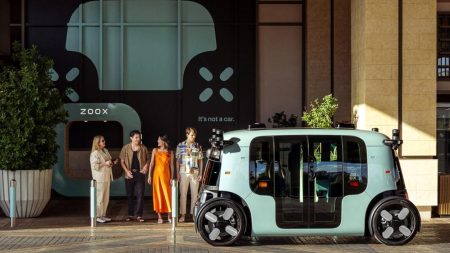On Friday, the sun unleashed its strongest solar flare since 2017, originating from sunspot region 3664. This event led to spectacular displays of auroras across the world over the weekend. The X5.9-class solar flare is expected to continue producing more northern lights in the coming days.
Solar flares are intense bursts of radiation from the sun that travel at the speed of light, reaching Earth in just eight minutes. While solar flares can cause radio blackouts, they are also connected to auroras. The recent X-class solar flare is likely to trigger coronal mass ejections (CMEs), which release magnetic fields and charged particles into the solar system at high speeds.
If CMEs are directed towards Earth, they can cause geomagnetic storms that result in stunning displays of the northern and southern lights. The latest geomagnetic storm was rated as high as G5, the highest possible rating. Dr. Ryan French, a solar physicist at the National Solar Observatory in Colorado, described it as the second most significant solar flare since 2017 and the strongest geomagnetic storm since 2003.
Solar physicists are closely monitoring the sun’s activity as it approaches “solar maximum,” the peak period of the solar cycle. This cycle lasts about 11 years and involves fluctuations in the sun’s magnetic activity. By counting sunspots on the sun’s surface, scientists can predict the timing of solar maximum, using algorithms, machine learning, and artificial intelligence. Sunspots, which are magnetic disturbances on the sun’s surface, are where solar flares and CMEs originate.
As the sun’s activity reaches its peak, researchers are preparing for increased solar flare and CME activity. By studying sunspots and monitoring solar flares, scientists can better understand the sun’s behavior and its impact on Earth. Continued research and observation will help to improve our ability to predict and prepare for significant solar events in the future.
The recent solar flare and geomagnetic storm serve as reminders of the sun’s power and influence on our planet. By monitoring these events and studying the sun’s behavior, scientists can enhance our understanding of solar activity and its potential impacts on Earth. As the sun approaches solar maximum, researchers will continue to monitor sunspot activity and solar flares to better predict and prepare for future events.













